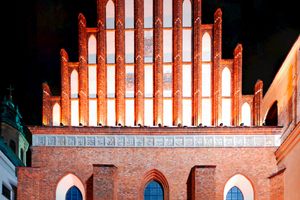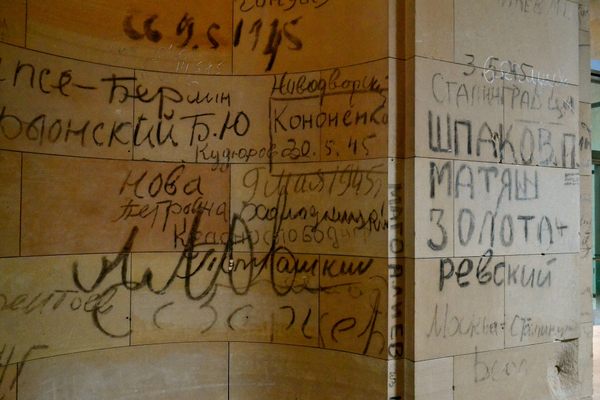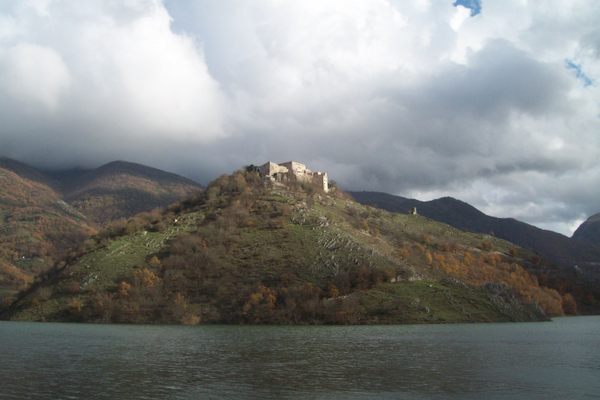About
The Second World War hit the Polish capital exceptionally hard, leaving roughly 90 percent of the buildings in Warsaw damaged or destroyed. Instead of choosing to modernize after the war like some other European cities, the government decided to rebuild the city according to how it looked during its golden age in the late 18th century.
This reconstruction of historic Warsaw was a way to hand down the city's lost monuments to future generations, even if they were not the originals. And interestingly, many of the blueprints for the recreated Old Town were based on a series of paintings created by the Venetian urban landscape artist Bernardo Bellotto. As Poland suffered at the hands of both Russia and Germany, the project was motivated by an urge to reclaim a sense of national honor.
Also known as Canaletto, the Italian artist lived in Warsaw in the late-1700s and made over 20 extremely detailed paintings of the city. To capture the urban landscape, the artist used the camera obscura technique, in which he would project an image onto his canvas and paint it over, resulting in an almost photographic accuracy. His paintings were therefore an invaluable resource used extensively in the reconstruction of the old town, sometimes as the only source for buildings that had completely disappeared.
The Bellotto paintings were on display in the National Museum in Warsaw for many years, until finally in 1980 they were relocated, appropriately, to a room in the reconstructed Royal Castle, where they are still hanging to this day.
Since then, the accuracy of Bellotto has been questioned, and it's now believed that he allowed himself considerable artistic freedom in his paintings, often making buildings and landscapes more interesting than reality. But even if the city is partially based on the embellishments of an Italian painter, its reconstruction represents the iron resolution of the Polish people and the victory they achieved by taking back their culture. Warsaw's Old Town and Royal Castle were added to the UNESCO world heritage list as an "outstanding example of near-total reconstruction of a span of history covering the 13th to the 20th century."
Related Tags
Know Before You Go
The Canaletto Room is on the top floor of the Royal Castle in the lower east side. Just follow the route and you can't miss it. The rest of the castle is also very much worth exploring. There are two paintings by Rembrandt and numerous other impressive artworks.
Published
February 6, 2019





































